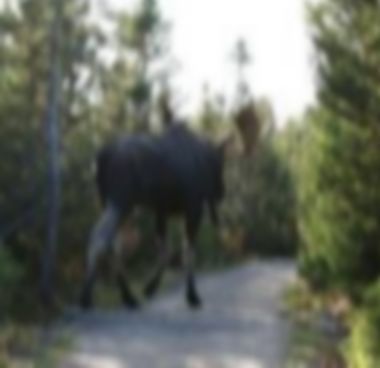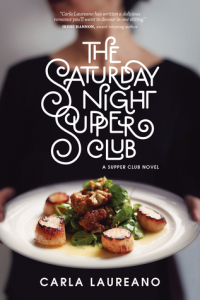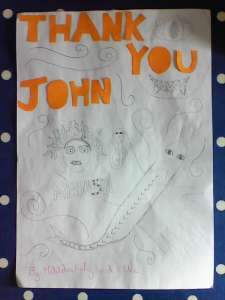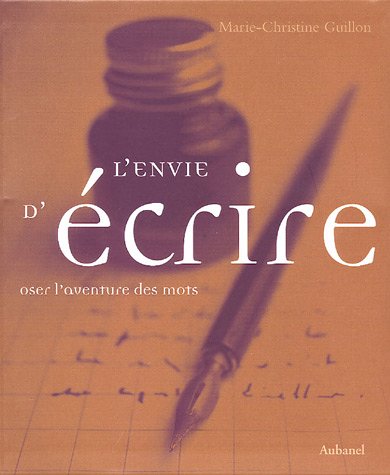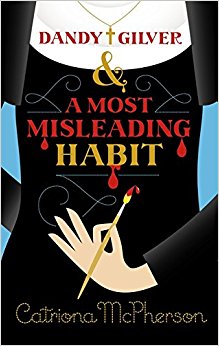
It is possible that you have heard of Dandy Gilver and her detecting missions set in the 1920s. Catriona McPherson who has hit on a rich vein of organisations that need investigating as dubious activities have resulted in murder. Her novels are historical fiction, and to her credit each place she writes about is thoroughly researched. In the past she has looked at hotels, department stores, and grand houses. The latter was intriguing as she is a member of the minor aristocracy herself, married to the challenging Hugh whose own interests extend only to hunting and shooting. She has become a detective with her good friend Alec partly because her marriage is tedious despite her two sons, when her interests are meant only to cover clothes and social visiting. The fees that she often receives for finding the missing, solving the murder mysteries and sorting out the good from bad have provided a decent heating system and a small estate for her younger son. In this novel she is asked to investigate the death of a nun and disappearance of some disturbed inmates of a hospital on a cold moorland site.
This volume is a well written picture of a religious community attacked by mysterious intruders. A fire and the vandalism of a room have rocked the institution, but not as much as the death of the senior sister. Sister Mary set up the community to include an orphanage, and it is here that much of the comedy occurs as Dandy (her nickname is an endearing feature of all these novels) has little experience of children and their needs. The many “Sisters” who inhabit this story are confusing and make the narrative difficult to follow, though they are given different personalities. It is a complicated tale with many characters, perhaps too many if honestly examined. This is a post First World War novel, where women are becoming more free to work, live in different settings and challenge the old order. Not that Dandy is a strident feminist in any sense, but she sees no reason why she cannot follow the mystery to its end. The characters she investigates become dizzyingly complex, the clues multiply, and her confusion is echoed by the reader. I was keen to discover who did what to whom and why, but even at the end some of the red herrings were not resolved. This is not an elegantly worked out plot, but the drama and incident along the way make it an engaging read.
In many ways this is a lightweight novel meant for entertainment rather than education. Having said that, its implicit messages about men left mentally scarred by what they have experienced in the trenches is interesting, as is the fate of children born out of wedlock but cheerfully and generously treated in this community. The women gathered as Sisters seem not to question their lot, but perhaps have made a reasonable choice given the perceived “shortage” of eligible men, even if they are younger than the women who lost loved ones in the War. It is an exciting and interesting read, while the deficiencies of clear plotting do not spoil the novel as the narrative and characters are so strong. Best read as part of the series, it does refer back to other books, but could be read as a stand alone novel. I enjoy the details of the clothes, especially the arcane information of the parts of the Sisters’ habits, which actually become an element of the story. This is a good read for those interested in the period, and I recommend it for fans of modern historical fiction.
Advertisements Share this:

